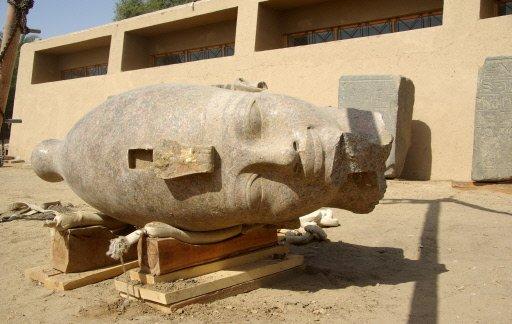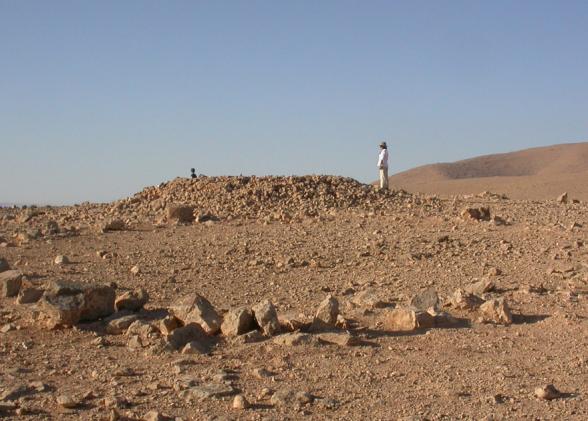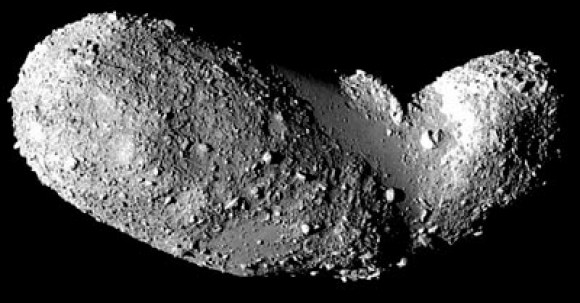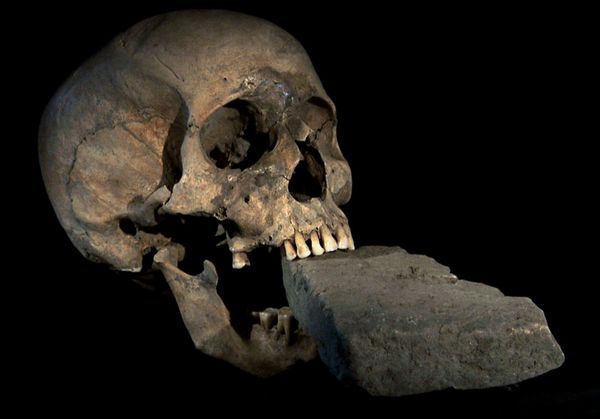
© University of OxfordMapping of stone tool artefacts on a Middle Palaeolithic occupation surface under the Toba ash.
Newly discovered archaeological sites in southern and northern India have revealed how people lived before and after the colossal Toba volcanic eruption 74,000 years ago.
The international, multidisciplinary research team, led by
Oxford University in collaboration with Indian institutions, unveiled to a conference in Oxford what it calls 'Pompeii-like excavations' beneath the Toba ash.
The seven-year project examines the environment that humans lived in, their stone tools, as well as the plants and animal bones of the time. The team has concluded that many forms of life survived the super-eruption, contrary to other research which has suggested significant animal extinctions and genetic bottlenecks.
According to the team, a potentially ground-breaking implication of the new work is that the species responsible for making the stone tools in India was
Homo sapiens. Stone tool analysis has revealed that the artefacts consist of cores and flakes, which are classified in India as Middle Palaeolithic and are similar to those made by modern humans in Africa.









